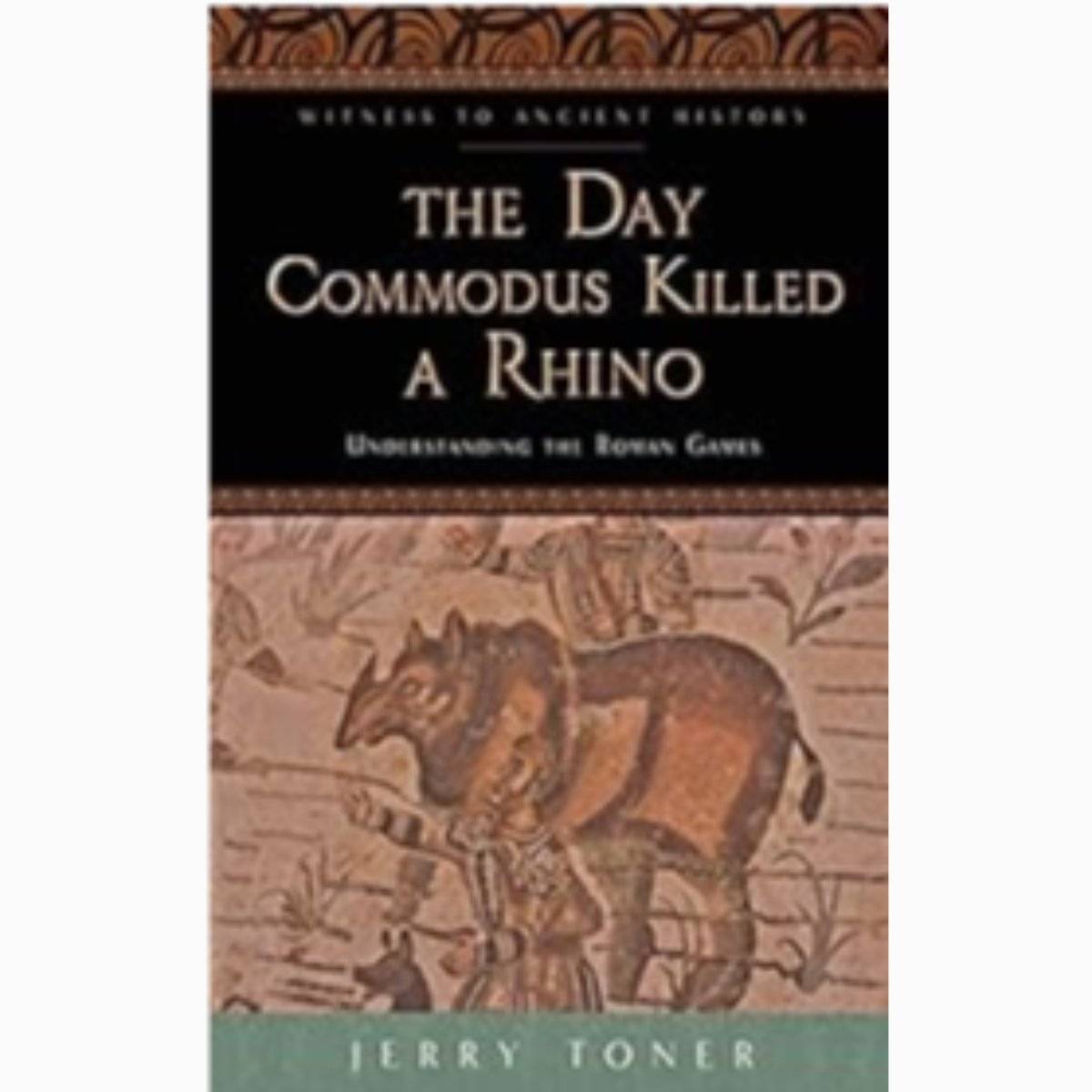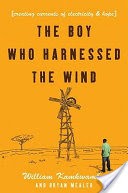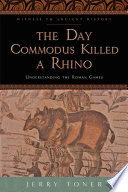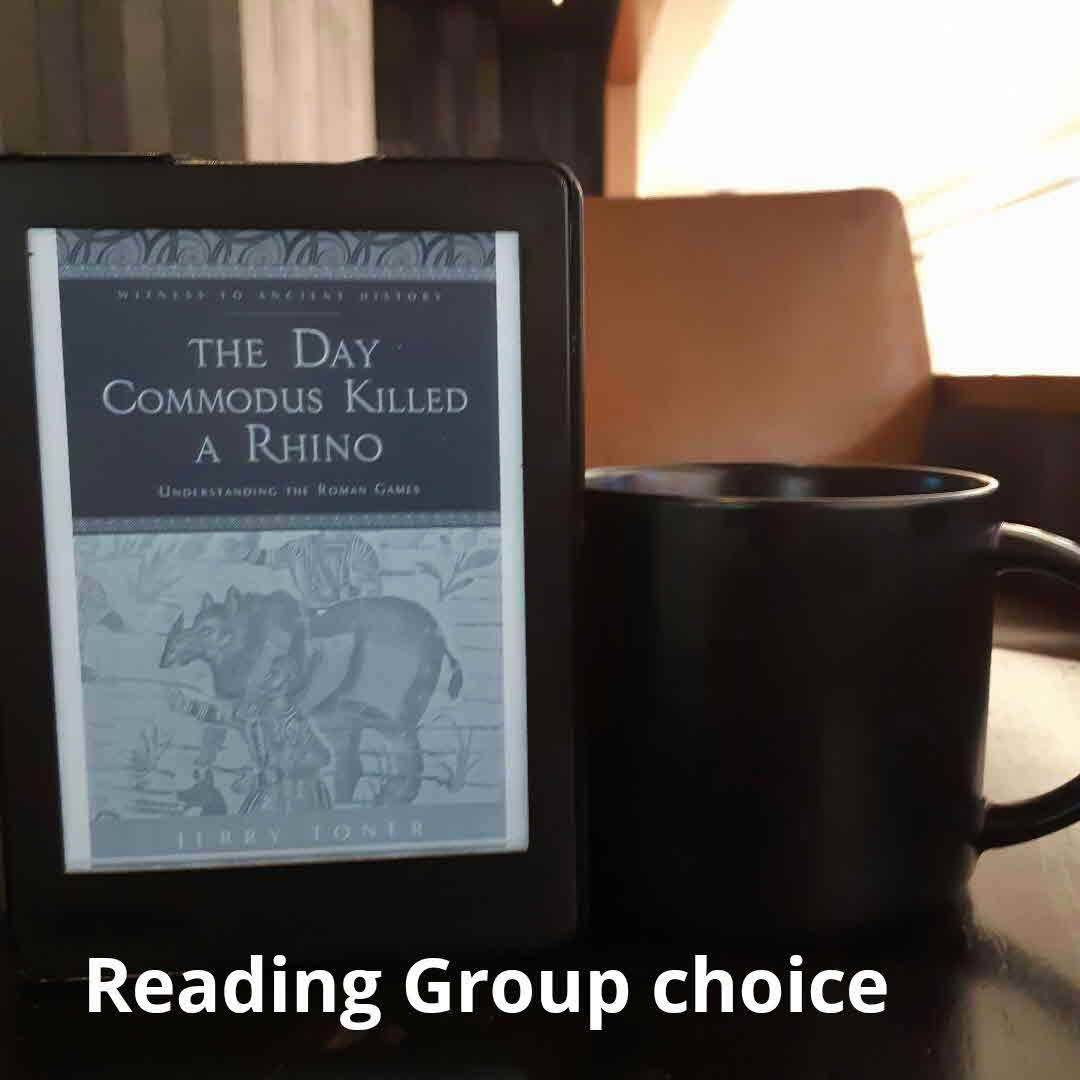
Fascinating look at the Roman gladiatorial games with side glances at chariot racing and theatre. The author notices recent attempts at rehabilitating Commodus, but the core of the book is a look at the functions of the games in Roman society and a discussion of what they meant to the Romans themselves, rather than the shock, horror present-day view.
26 likes1 stack add



















